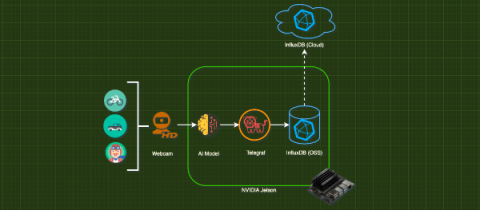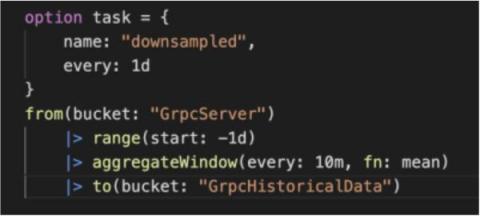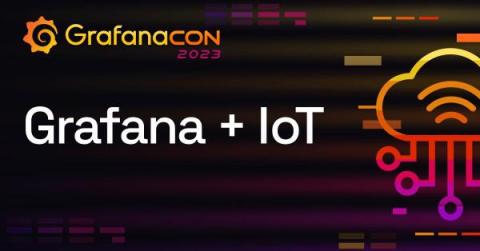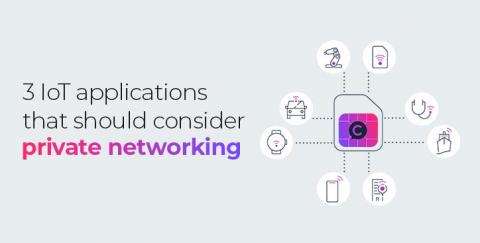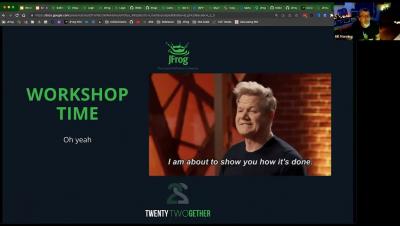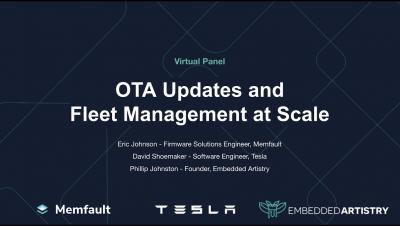6 Project Ideas to Get Started with IoT
A look at the main things you need to consider when planning your IoT project with links to tutorials and source code. There’s a lot of stuff written about the Internet of Things (IoT) at a conceptual level that doesn’t really cover anything concrete. If you’ve ever wanted to get started on a real IoT project but didn’t know where to start, you are in the right place.


